The New York Times has long held a tradition of creating captivating puzzles that have challenged and entertained readers worldwide. One of the latest editions, the June 16th NYT Connections Puzzle, promises an engaging experience for sports enthusiasts, challenging their knowledge and observation skills.
The puzzle provides a unique twist with a focus on sports, requiring participants to delve into their understanding of various sports terminologies and historical references. This ensures that whether you’re a casual fan or a seasoned aficionado, there is something intriguing to uncover.
This specialized edition of NYT Connections is unlike any other puzzle released by the publication, highlighting clues and words related to sports. The puzzle format prompts players to connect various sports-related terms and phrases based on given hints. The connectivity factor adds a layer of complexity as it necessitates lateral thinking — where one must not just rely on direct knowledge but also make insightful connections between seemingly unrelated words or phrases.
For instance, consider a clue referring to a “home run.” While immediately suggestive of baseball, the connection could be metaphorical or linked to a specific historic event or sports figure, broadening the investigative process.
Users are encouraged to think outside the box and leverage their sports knowledge beyond the obvious. This includes recalling past events, player statistics, and even significant game-changing moments that are part of sports lore.
The June 16 puzzle taps into the rich tapestry of the sports world, posing questions and clues that may seem esoteric at first but are rewarding upon deciphering. This makes solving the puzzle not just an exercise in knowledge but a journey through sports history.
Successful puzzle completion often involves several strategic approaches. First, attempting to fill in the answers you are sure of allows you to unlock potential clues for the more difficult segments. This process is akin to peeling back layers of complexity, giving way to new insights with every correct answer.
Furthermore, engaging with fellow puzzle enthusiasts through forums or social media can provide new perspectives. Sometimes, a hint or an alternative viewpoint can illuminate the path forward, elucidating connections that might have been previously overlooked.
It is also beneficial to revisit certain clues after a brief pause. A fresh set of eyes — metaphorically speaking — can invigorate the solving process with new vigor, clearing any blockages caused by fatigue or overthinking.
Engaging with such puzzles extends beyond mere entertainment. It offers cognitive benefits such as enhanced problem-solving skills, increased mental agility, and the ability to view scenarios from multiple angles. These skill sets are invaluable, translating into everyday life by enabling better decision-making and creativity in problem-solving.
Particularly for sports fans, the puzzle serves as a bridge between passive viewership and active engagement. It prompts participants to question assumptions, seek patterns, and make connections, all crucial skills in understanding and appreciating the complexities of the sports industry.
Moreover, the satisfaction of solving such puzzles cannot be understated. The culmination of a correct answer triggers a dopamine release, reinforcing the activity as a rewarding experience, encouraging repeated participation.
The June 16 NYT Connections Puzzle stands as a testament to how engaging and educational puzzles can be, combining sports expertise with the thrill of a challenge. Whether for relaxation or cognitive exercise, it continues to captivate and inspire, embodying the timeless appeal of the New York Times’ puzzle tradition.
Smart Life
Sports

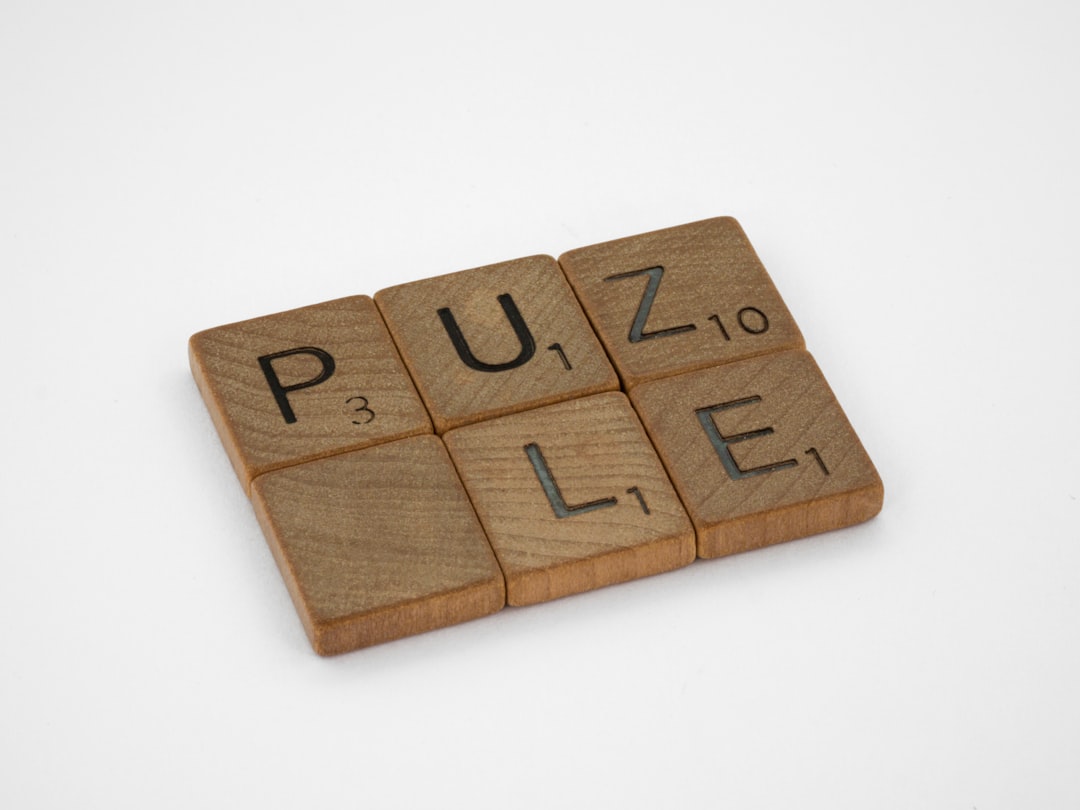


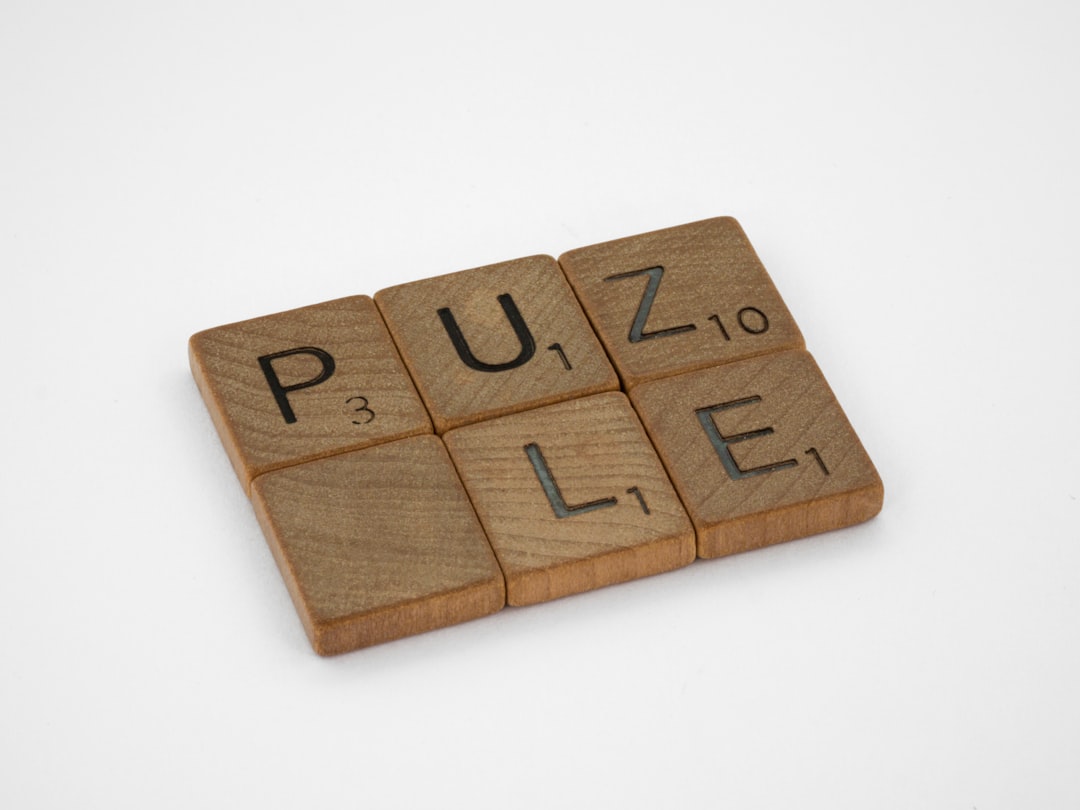

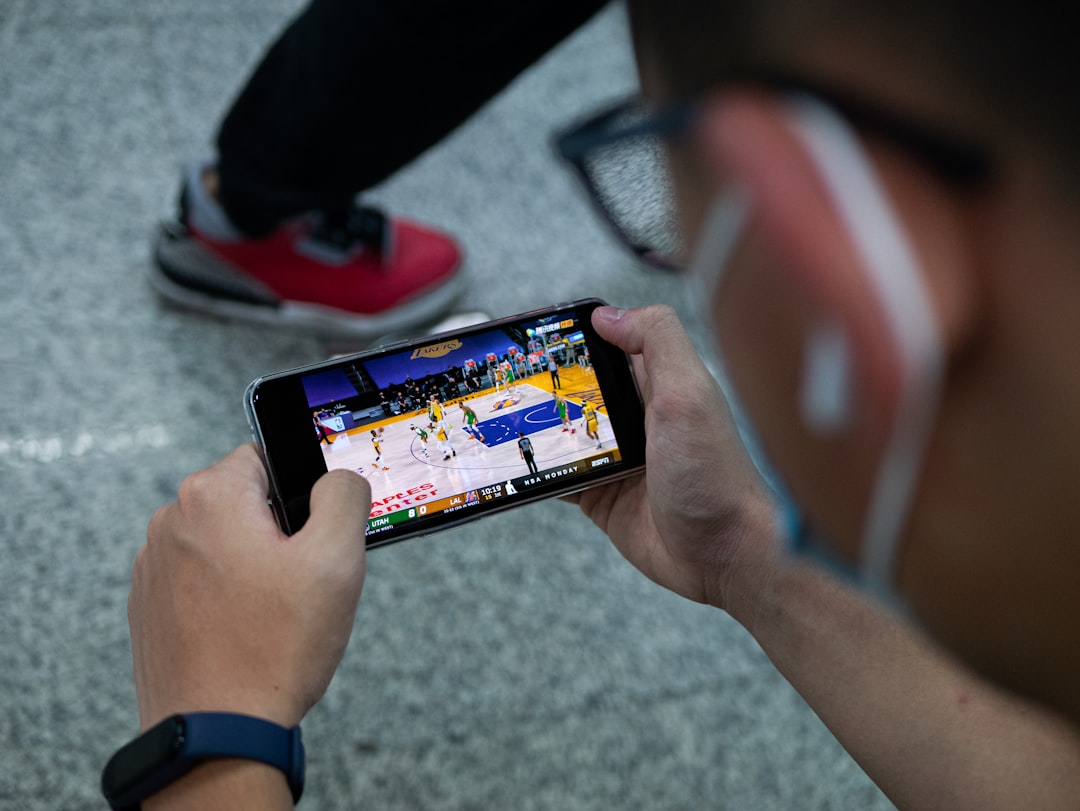
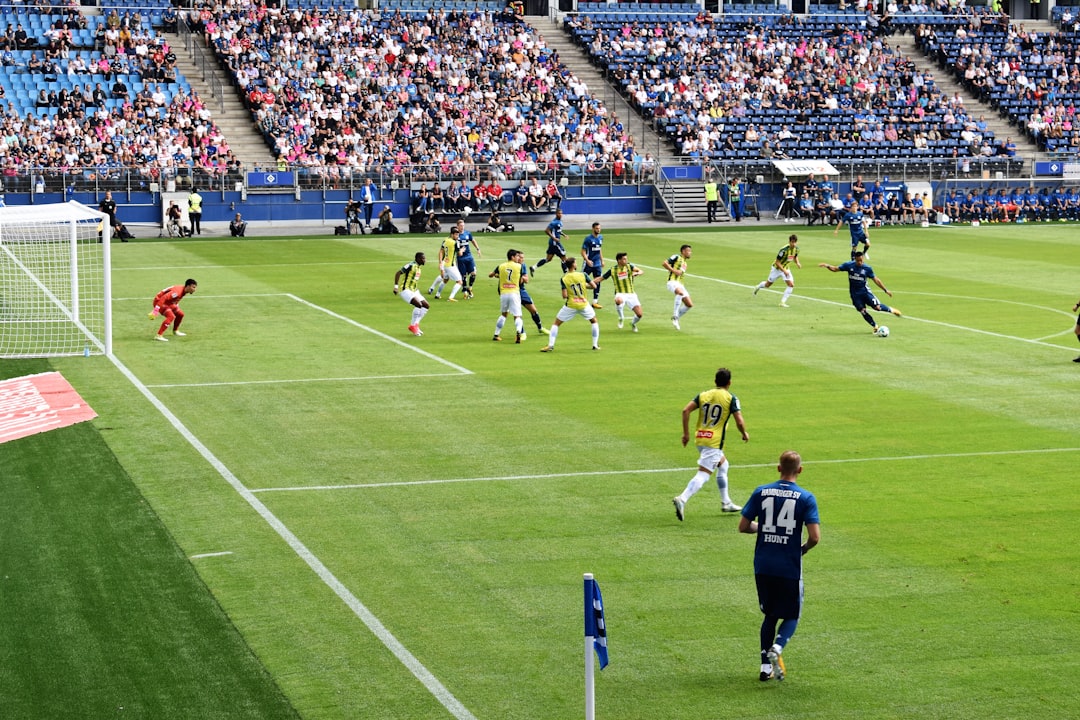
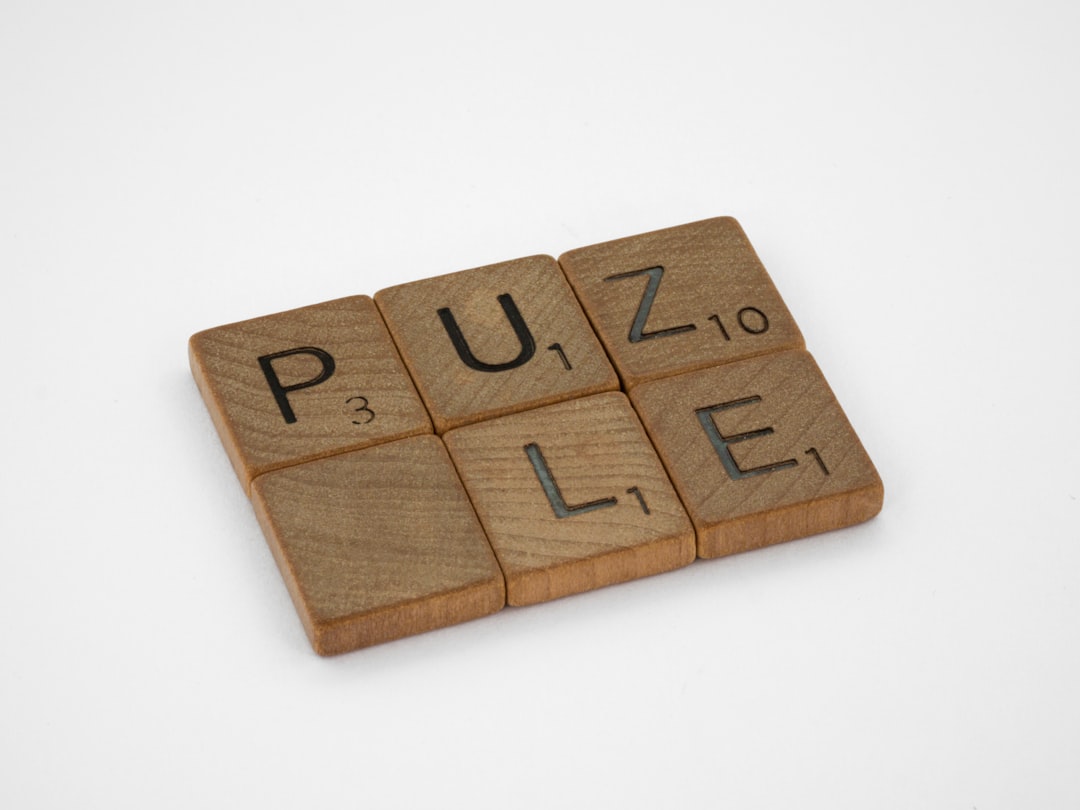





Leave a Reply